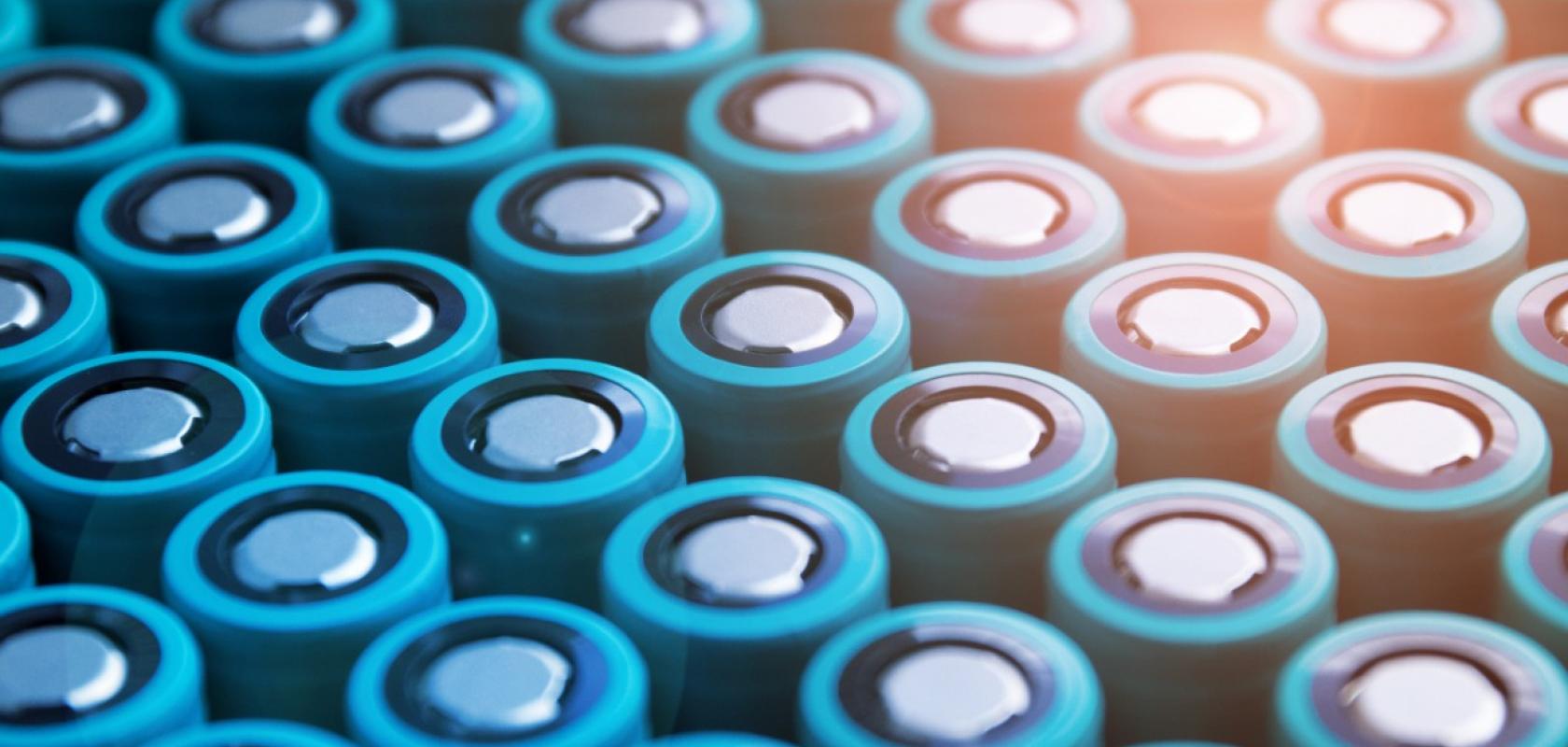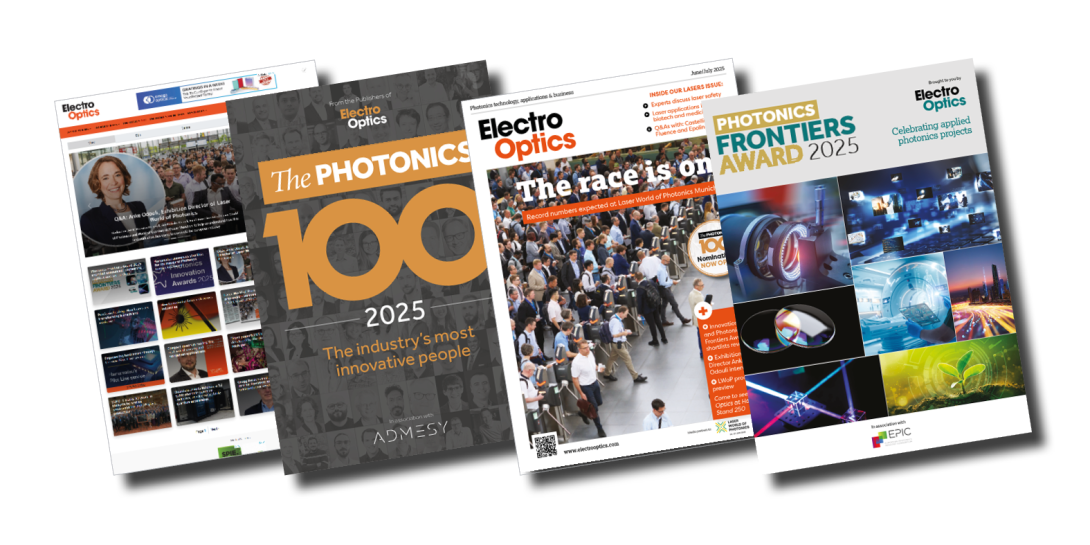Nuclear magnetic resonance spectroscopy used to design safer lithium batteries

The study finds that nuclear magnetic resonance (NMR) spectroscopy can be used to see fast ions moving between the lithium metal anode and its passivation layer, while also detecting the chemical compounds on the surface.
A team of engineers at Columbia University has used nuclear magnetic resonance (NMR) spectroscopy to design new electrolytes and anode surfaces for the production of high-performance lithium metal batteries.

Register for FREE to keep reading
Join 15,000+ photonics professionals staying ahead with:
- Exclusive insights, funding alerts & market trends
- Curated newsletters and digital editions
- Access to The Photonics100 list of R&D champions
- Exclusive panels & roundtables for professional development
- Technical White Papers & product updates to guide smarter decisions
Sign up now
Already a member? Log in here
Your data is protected under our privacy policy.

